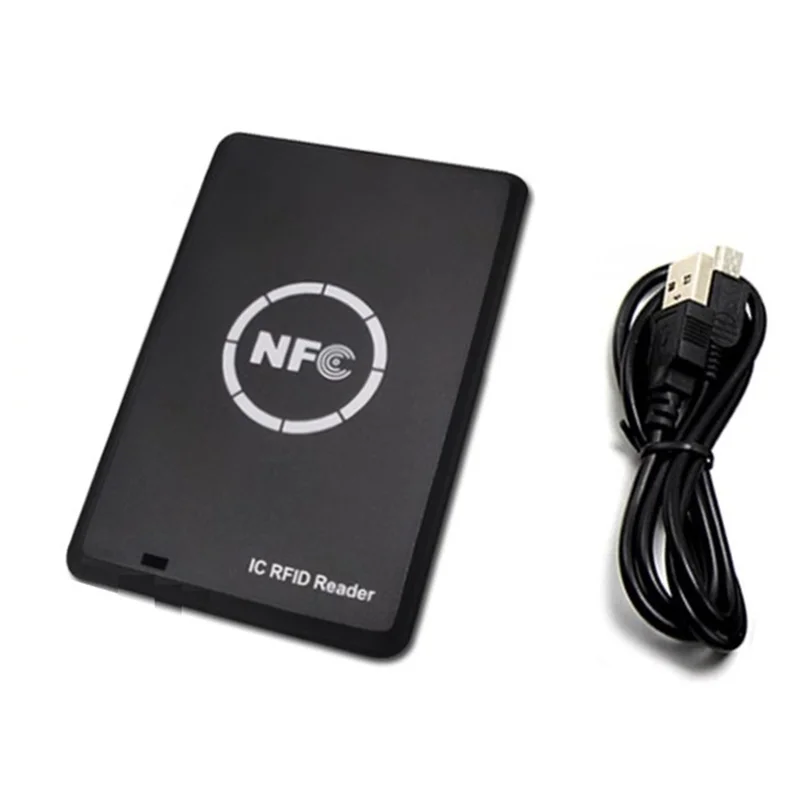 ### RFID Reader IC Overview
### RFID Reader IC Overview
1. **Type**: Integrated circuit designed for RFID (Radio Frequency Identification) reader applications.
2. **Functionality**:
– **RFID Communication**: Reads data stored on RFID tags by emitting radio waves and receiving signals from the tags.
– **Data Processing**: Decodes and processes the received RFID signals to retrieve the information stored on the tags.
3. **Specifications**:
– **Operating Frequency**: Common operating frequencies include 125 kHz (low frequency), 13.56 MHz (high frequency), and UHF (860-960 MHz), depending on the specific IC and application.
– **Communication Protocols**: Supports various RFID standards such as ISO/IEC 14443, ISO/IEC 15693, EPC Gen2, etc.
– **Interface**: Typically includes interfaces such as UART, SPI, I2C, or USB for communication with microcontrollers or other host systems.
4. **Features**:
– **Antenna Interface**: Connects to an external antenna for transmitting and receiving RFID signals.
– **Power Management**: Often includes power-saving features and can operate at low power levels suitable for battery-powered applications.
– **Data Security**: Some ICs include built-in encryption and authentication features to enhance security.
– **Multi-Tag Reading**: Capable of reading multiple RFID tags simultaneously in some advanced models.
### Typical Uses:
– **Access Control**: Used in RFID-based access control systems for secure entry to buildings or restricted areas.
– **Inventory Management**: Facilitates tracking and management of inventory in warehouses and retail stores.
– **Payment Systems**: Integrated into contactless payment systems for quick and secure transactions.
– **Transportation**: Used in public transportation systems for ticketing and fare collection.
### Key Benefits:
– **Versatility**: Supports a wide range of applications, from simple access control to complex inventory management systems.
– **Efficiency**: Enables quick and efficient reading of RFID tags, improving operational efficiency in various use cases.
– **Security**: Offers enhanced security features for protecting sensitive data and preventing unauthorized access.
### Example ICs:
– **NXP PN532**: A popular RFID reader IC that supports both NFC (Near Field Communication) and RFID standards, commonly used in hobbyist and professional projects.
– **AMS AS3911**: A high-performance RFID reader IC with advanced features for industrial and automotive applications.
– **Texas Instruments TRF7960A**: A versatile RFID reader/writer IC that supports multiple RFID standards and protocols.
These RFID reader ICs are integral components in many modern identification and tracking systems, providing robust and reliable performance across various industries.


Reviews
Clear filtersThere are no reviews yet.